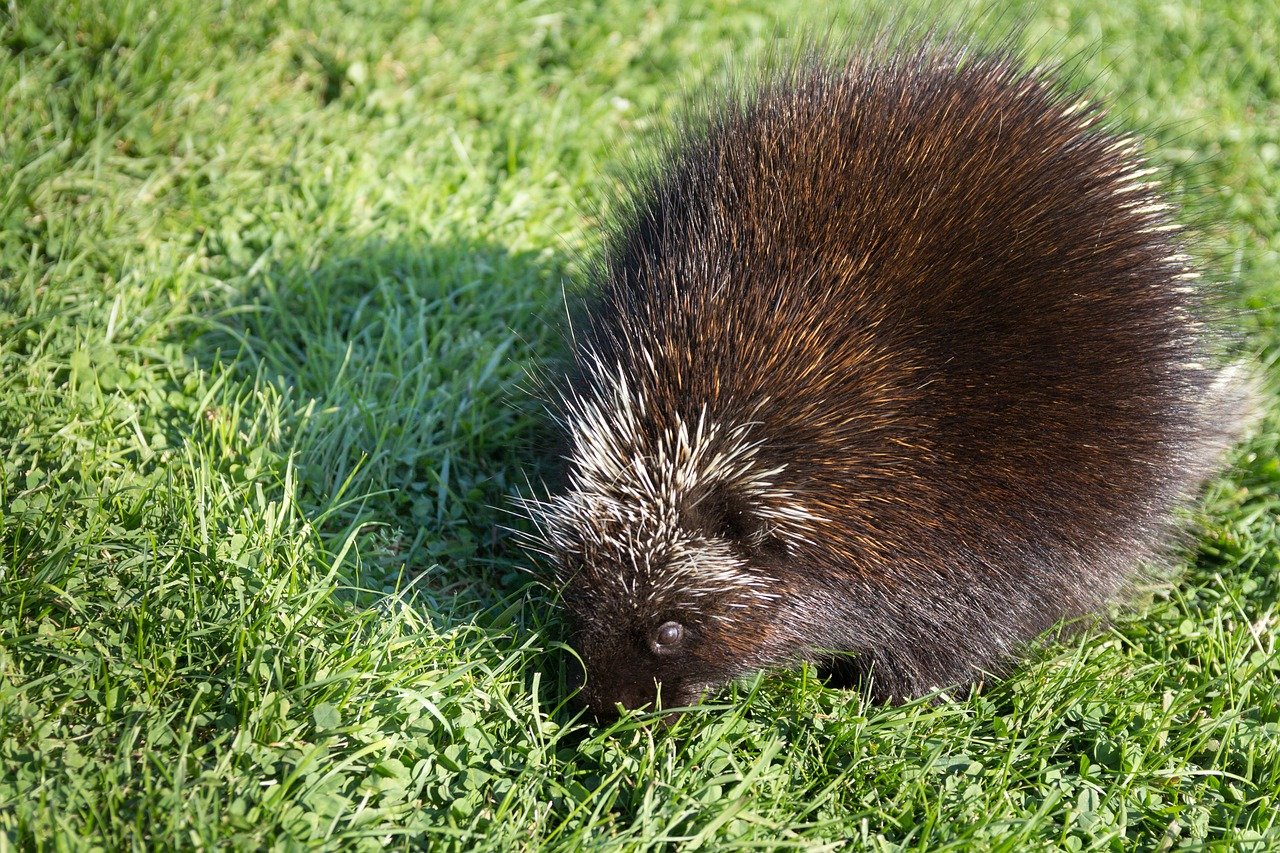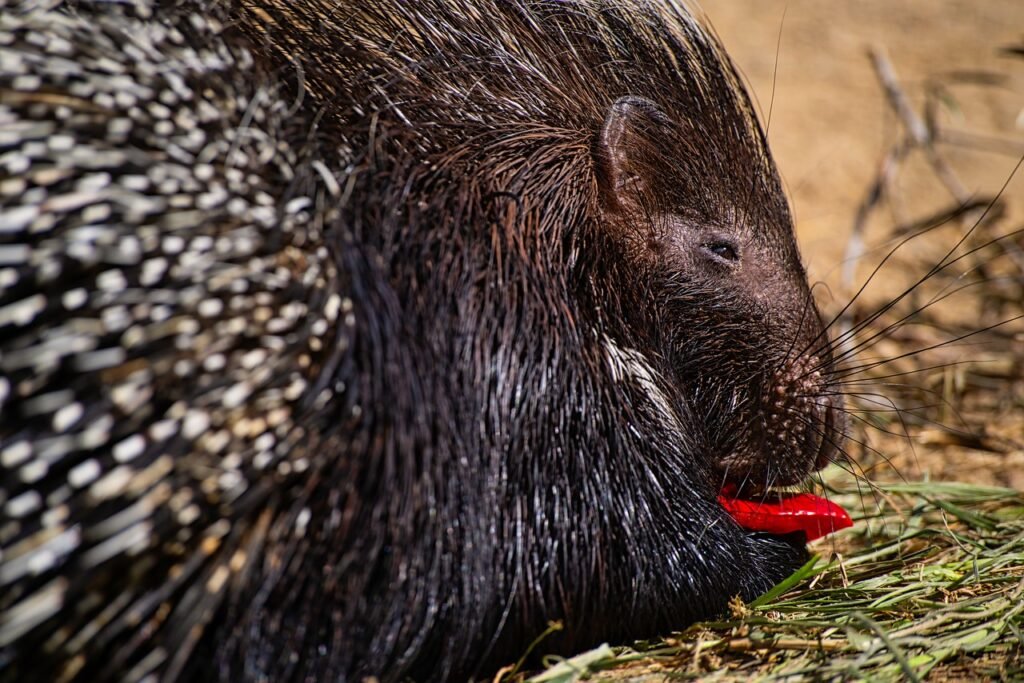Building trust with your porcupine is a crucial aspect of creating a positive and enriching relationship. Desensitization training is a gentle and effective approach to help your quilled companion become more comfortable with potentially stressful or unfamiliar situations. In this guide, we’ll explore the principles of desensitization training specifically tailored to porcupines, fostering trust and reducing anxiety.
Understanding Desensitization Training:
Desensitization involves gradually exposing your porcupine to stimuli that may trigger fear or discomfort in a controlled and positive manner. The goal is to lessen their sensitivity over time, allowing them to build confidence and trust in various situations.
Key Concepts:
- Gradual Exposure:
- Introduce stimuli slowly and gradually. Start with less intense elements and progress to more challenging situations as your porcupine becomes more comfortable.
- Positive Reinforcement:
- Use positive reinforcement, such as treats, praise, or gentle petting, to reward calm behavior during exposure. This reinforces positive associations and builds trust.
- Patience and Consistency:
- Desensitization training requires patience and consistency. Allow your porcupine to set the pace, and avoid rushing the process.
Desensitization Training Steps:
1. Identify Triggers:
- Identify specific situations or stimuli that trigger stress or anxiety in your porcupine. This could include handling, new environments, or certain sounds.
2. Start with Low-Intensity Stimuli:
- Begin with low-intensity versions of the identified triggers. For example, if handling is a trigger, start with gentle touches or strokes.
3. Positive Associations:
- Create positive associations with the stimuli. Offer treats, praise, or favorite toys during and after exposure to reinforce positive feelings.
4. Gradual Progression:
- Gradually increase the intensity or complexity of the stimuli as your porcupine becomes more comfortable. This may involve increasing the duration of handling or exposure to new environments.
5. Monitor Body Language:
- Pay close attention to your porcupine’s body language. Look for signs of relaxation, such as lowered quills, calm breathing, and a lack of defensive behaviors.
6. Respect Boundaries:
- Respect your porcupine’s boundaries. If they show signs of stress or discomfort, back off and decrease the intensity of the stimuli.
7. Consistent Positive Reinforcement:
- Consistently reinforce positive behavior with rewards. This reinforces the association between the stimuli and positive outcomes.
8. Create Positive Experiences:
- Incorporate positive experiences into desensitization training. This could include enjoyable activities like playtime or exploring new enriching environments.
Desensitization Training Scenarios:
1. Handling Desensitization:
- Gradually desensitize your porcupine to being handled. Start with short sessions and gentle touches, rewarding positive behavior.
2. New Environment Exposure:
- Introduce your porcupine to new environments slowly. Begin with familiar elements and gradually expose them to new sights, sounds, and smells.
3. Noise Desensitization:
- Desensitize your porcupine to specific noises that may cause anxiety. Start with low-volume versions and gradually increase the volume as they become more comfortable.
4. Socialization Training:
- Gradually expose your porcupine to new people or animals. Use positive reinforcement to create positive associations with social interactions.
Troubleshooting Tips:
1. Go at Your Porcupine’s Pace:
- Adjust the training pace based on your porcupine’s comfort level. It’s crucial to progress gradually and at their own pace.
2. Offer Comfort Items:
- Provide familiar comfort items, such as favorite toys or bedding, during desensitization training to create a sense of security.
3. Seek Professional Guidance:
- If you encounter challenges, seek guidance from a professional animal behaviorist or consult with your veterinarian.
Final Thoughts:
Desensitization training is a powerful tool for building trust and confidence in your porcupine. By approaching potentially stressful situations with patience, positive reinforcement, and a gradual progression, you can help your quilled companion overcome anxieties and develop a trusting relationship. Remember to celebrate small victories and prioritize the well-being and comfort of your porcupine throughout the desensitization training process.



